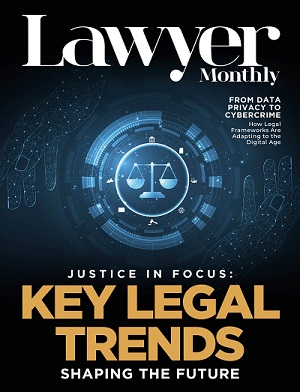As of 1 April 2018, part three of the Energy Efficiency (Private Rented Property) (England and Wales) Regulations 2015, more commonly known as the MEES regulations, came in to effect. These relate minimum energy efficiency standards and affect commercial property as well as residential property. Below Conor Geoghegan, Senior Associate Solicitor, Commercial Property at Coffin Mew, discusses the top five issues these establish for landlords in the UK.
Landlords of commercial property who have not already begun to deal with the implications of the regulations need start planning. Here are the top five issues to consider:
1. Granting a new tenancy where the EPC Rating is below E
The regulations stipulate that landlords of sub-standard non-domestic privately rented property will not be permitted. Sub-standard property in this context is any property with an EPC rating below the minimum energy efficiency level (E). Non-domestic privately rented property covers most, but not all, commercial property.
To be compliant with the MEES regulations, before any new letting of a sub-standard non-domestic privately rented property, landlords must make energy efficiency improvements to bring its EPC rating above the minimum threshold.
Alternatively, landlords must prove that they have a legitimate reason for not making energy improvements and register this on the PRS Exemptions Register, or otherwise be sure that the MEES regulations do not apply. Landlords should also be aware that renewal tenancies may be caught by the regulations.
2. Claiming an exemption
There are exemptions from the MEES regulations that landlords might be able to claim:
- Consent exemptions: The refusal of consent by a tenant or other third party, which is is required for carrying out works to increase the energy efficiency of a property.
- Devaluation Exemptions: Where a landlord obtains a report from an independent surveyor, which demonstrates that the works necessary to make the relevant energy efficiency improvement would result in a reduction of more than five per cent in the market value of the property, or of the building of which it forms part.
- Temporary Exemptions: In certain circumstances a landlord may be given six months to comply with the prohibition on letting sub-standard property as stipulated in the regulations.
Landlords must register the necessary information required to support exemptions on the PRS Exemptions Register before they rely on the exemption. They are also subject to limits regarding the length of time a situation pertains prior to the exemption being claimed, and in some circumstances after the claim is made.
3. Listed buildings are not exempt in all cases
The position regarding listed buildings is not straightforward. There is a tendency to assume that EPC legislation and the MEES regulations do not apply to listed buildings. In fact, there is no express exemption. The regulations and guidance recognise that minimum energy requirements may result in unacceptable alterations so far as the historic nature of the property is concerned and suggest consulting local authority conservation officers.
4. Not all tenancies are qualifying tenancies for MEES regulations purposes
There are several classes of property to which the MEES regulations do not apply, for example:
-
- Short tenancies, being tenancies for a term certain not exceeding six months, unless the tenancy contains provision for it to be renewed beyond that six months, or where a tenant has been in continuous occupation for a period exceeding 12 months when the six-month tenancy is granted.
- Very long tenancies (i.e. for a term certain of 99 years or more.)
- Properties that do not use energy to condition the interior (i.e. properties without heating or air-conditioning).
Landlords are well-advised to assess whether their portfolio includes any such properties in assessing their overall potential liability.
5. Enforcement
Whilst the MEES regulations do not impose criminal sanctions, there can be civil penalties. These can take the form of financial penalties, potentially £10,000 or more depending on the rateable value of the property and the length of time that the breach shall subsist, or the publication of incidents of non-compliance in the part of the PRS Exemptions Register that is open to the public (or both).
Now is the time for landlords of commercial properties to act in order to avoid falling foul of the regulations.




















